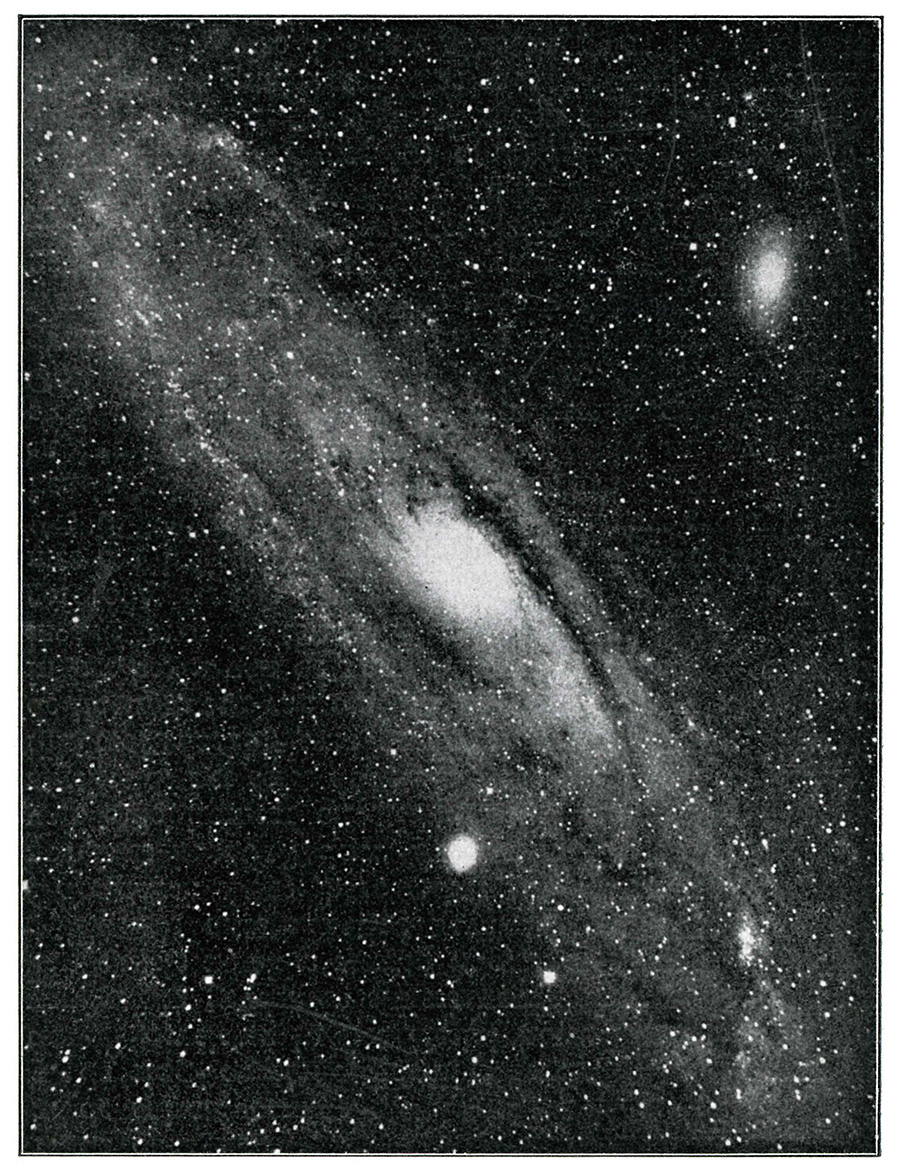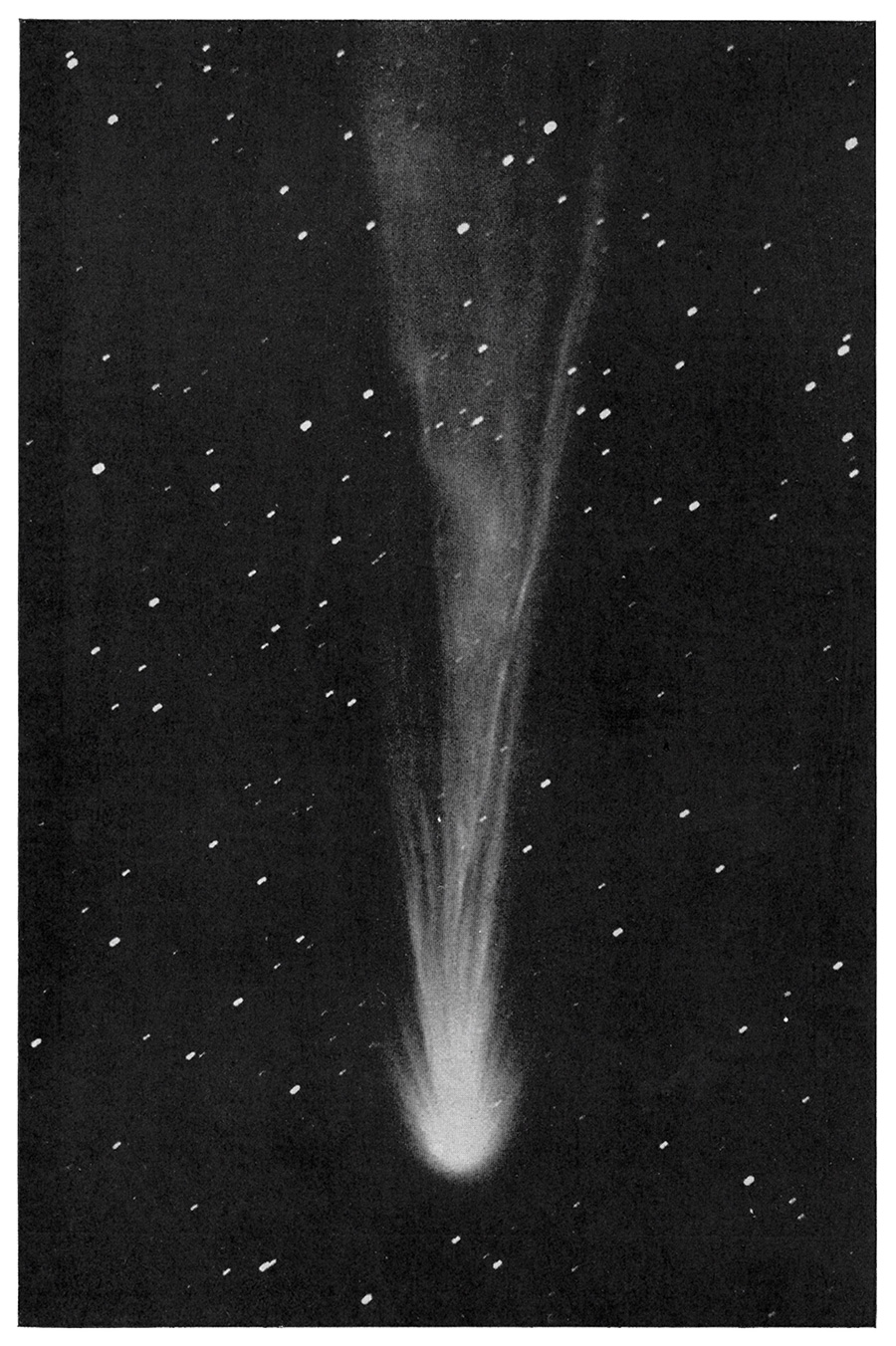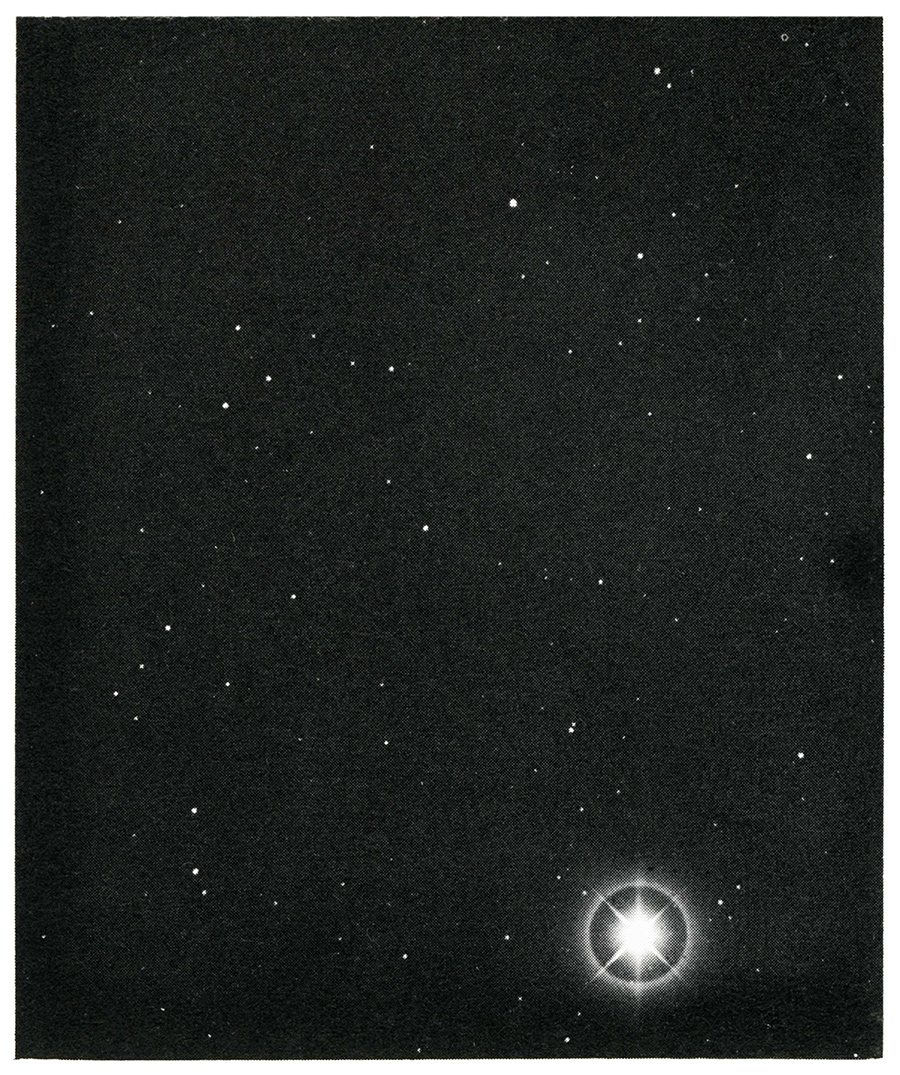Domestic Night
Batia Suter
Musée des Beaux-Arts, Mulhouse
Batia Suter revisite une installation proposée pour la première fois en 2018. Fascinée par les livres illustrés, atlas, imprimés scientifiques, catalogues, livres d'art et revues en tout genre, elle collecte, accumule, classe cette iconographie extraite de publications souvent démodées. Batia Suter numérise les images trouvées et les assemble dans un montage où surgissent de nouvelles relations formelles. La centaine d'images réunies dans
Domestic Night ont été sélectionnées pour leur côté noir – au sens littéral. Une fois les pages scannées et agrandies, l'artiste découvre de nouveaux détails dans les zones sombres des reproductions. L'outil numérique lui permet de naviguer à l'intérieur des images, de relever toutes sortes d'anomalies comme des poils, des éraflures et des variations de saturation entrant en conflit visuel avec le sujet. Ces explorations techniques nous parlent autant de représentations (comment un objet est photographié) que d'encre et de matérialité (comment une image est imprimée).
Née en 1967 à Bülach en Suisse, Batia Suter est basée à Amsterdam. Elle créé des installations monumentales pour des lieux spécifiques et travaille sur des séquences d'images et de collages en partant d'un fond d'images trouvées. En 2007 et 2016, elle a publié
Parallel Encyclopedia et
Parallel Encyclopedia #2, livres d'artiste composés d'illustrations tirées de livres anciens qu'elle a collectionnés au fil des ans. Ses ouvrages explorent les diverses résonances de formes et de paysages géologiques, de surfaces visuelles et de structures d'images.
Domestic Night/ Dark Pages is an installation that brings together almost 100 inkjet prints and a collection of lost pages from old books and magazines. Batia Suter, who first created the installation Domestic Night in 2018, revisits her collection of images taken from books found at flea markets for MBAL. For over 30 years, the artist has been thinking in images. Fascinated by illustrated books, atlases, scientific prints, catalogues, art books and magazines of all kinds, she collects, accumulates and classifies the images she extracts from these often outdated publications. Once the pictures have been patiently collected and classified, Batia Suter scans them, then mounts and assembles them until new visual relationships emerge.
In her compositions, Batia Suter creates a dialogue between academic and popular culture. She is as interested in scientific images, for example from astronomy, which are produced under very complex technical conditions, as she is in advertising or motorbike manuals. The images in Domestic Night were selected for their dark side – literally. The artist has chosen near-black reproductions here. Once the pages have been scanned, the artist discovers new details in the dark areas of the reproductions through enlargement. The digital tool thus allows her to navigate within the images, the scans revealing all sorts of anomalies such as hairs, scratches and infinite variations of saturation that come into visual conflict with the subject. Suter's visual explorations are not only about representations (how an object is photographed) but also about ink (how an image is printed). Always decontextualised and out of use, the images, gathered by the artist for their single motive, develop new narratives.
The artist has completed her installation by assembling pages of books, also taken out of their context, in a display case. Again, she creates new visual relationships with the black as the only thread. The pages taken out of their original book appear without any information at all, as these are now missing. Batia Suter's work is the opposite of scientific archiving that seeks to master the past. Her collection of detached and decontextualised pages would be a librarian's nightmare!
Born in Switzerland and living and working in Amsterdam, Batia Suter (1967) creates work that unfolds in the form of monumental installations made from found images that merge through juxtaposition. Her books Parallel Encyclopedia (2007) and Parallel Encyclopedia #2 (2016) are composed of images taken from old books she has collected over the years. Surface Series (2011), Radial Grammar (2018) and Hexamiles (2019) show other visual explorations. Seeking to make images communicate according to their own logic, the artist creates series that give new lives to printed images – its creative material.





